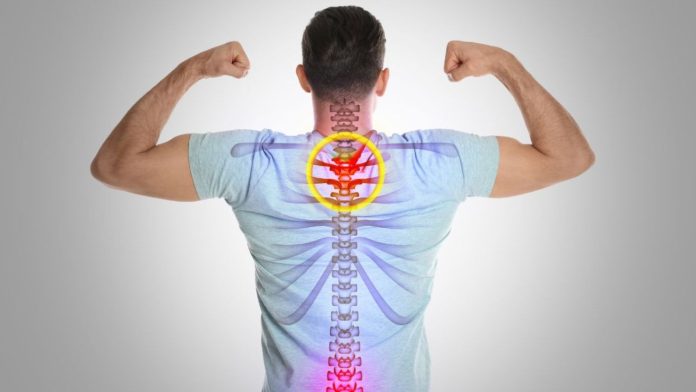Our health is significantly influenced by our bones and joints. Our bones may lose density as we age and become more prone to osteoporosis, which can impair our range of motion. Our bone health may be impacted by poor dietary choices and a sedentary lifestyle. As we age, maintaining good posture, eating a diet high in vitamins and minerals, and exercising regularly are all critical for maintaining the health of our bones and joints. Joint inflammation brought on by arthritis can result in pain, edema, stiffness, and even deformity. People might suffer from more than 100 different forms of arthritis, ranging from osteoarthritis to rheumatoid arthritis.
Advice for optimal joint and bone health:
- Make nutrition a priority
Make sure your diet contains the appropriate nutrients. For healthy bones, calcium and vitamin D are essential. You may strengthen your bones by consuming dairy products, fortified foods, leafy green vegetables, and fish like salmon. When dietary sources are insufficient, supplementation ought to be taken into account. Omega-3 fatty acids, which are present in walnuts, flaxseeds, and fatty fish, have anti-inflammatory qualities that may be advantageous for joint health. They work wonders in preventing joint pain.
2. Continue to be active
A sedentary lifestyle can erode bone health, but physical activity can maintain healthier bones and joints. Weight-bearing activities that preserve bone density and strength include running, walking, and workouts with light weights. To prevent any injuries, these should be carried out under appropriate supervision. Stretching and balancing exercises are essential for improving joint mobility and lowering the risk of fractures and falls. Yoga is an excellent choice that can be done at any age or ability level. If you wish to lessen joint stress or already have joint issues, low impact sports like cycling and swimming are excellent options.
3. Watch how you stand
Maintaining good posture whether sitting, standing, or lying down helps to prevent undue strain on your joints. If you spend a lot of time at your business desk, think about investing in ergonomic tools and furniture. Maintain the right laptop height to prevent pressure on your back, shoulders, arms, and cervical region. Avoid stooped posture by maintaining a supported back at all times.
4. Keep a healthy weight in mind
Overweight places additional strain on joints that support weight, such as the hips and knees. Significant reduction in joint stress can be achieved even with modest weight loss.
5. Frequent examinations
Regular physical examinations and bone density tests can spot possible problems early on. You should be diligent about routine testing if osteoporosis or arthritis run in your family. Treatment outcomes can be greatly impacted by early intervention.

 हिंदी
हिंदी






